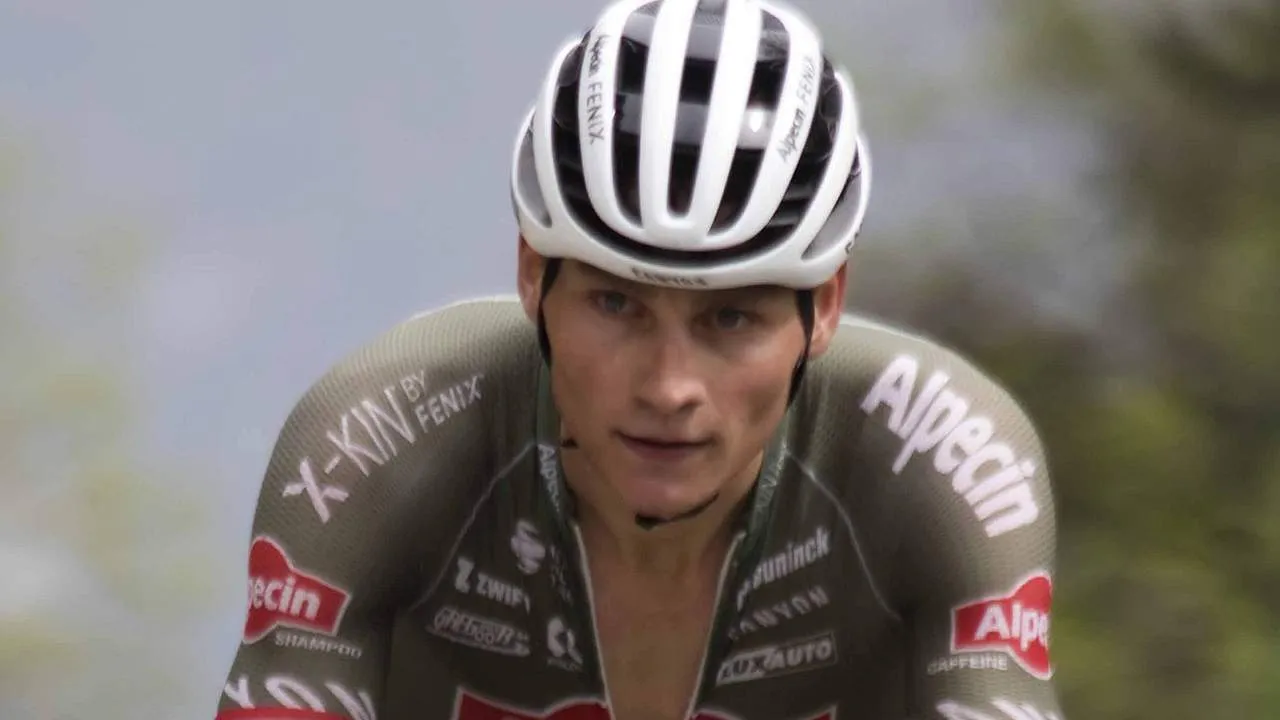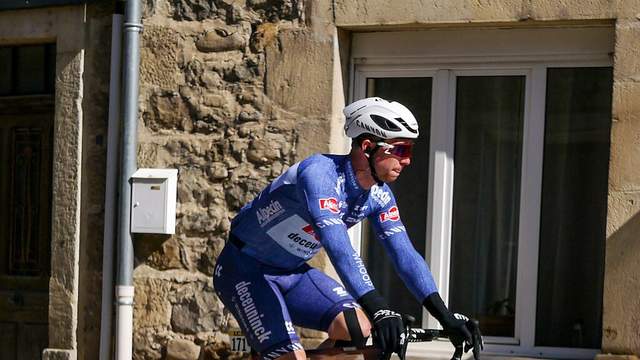Milano‑San Remo 2025: Van der Poel Triumphs in Epic Cipressa‑Poggio Duel

On 22 March 2025, riders embarked on the 116th edition of Milano–San Remo: a 289 km test from Pavia to Sanremo featuring coastal climbs, treacherous descents, and intense finales. In one of the most dramatic races in memory, Mathieu van der Poel claimed a second victory in La Classicissima, outsprinting Filippo Ganna and Tadej Pogačar in a trio breakaway that shattered Cipressa’s record. :contentReference[oaicite:2]{index=2}
🌧️ Early Stages and Weather
Under grey skies and light rain, the peloton rolled out from Pavia. Early on, an eight-man break—featuring Alessandro Verre, Martin Marcellusi, Filippo Turconi, Kristian Sbaragli, Baptiste Veistroffer, Mark Stewart and Mathis Le Berre—formed and built a gap of up to six minutes. Alpecin‑Deceuninck led the chase as conditions warmed near the Ligurian coast. :contentReference[oaicite:3]{index=3}
🚴 The Decisive Move on the Cipressa
With ~25 km to go, world champion Tadej Pogačar launched a ferocious attack on the Cipressa climb. Only Mathieu van der Poel and Filippo Ganna managed to follow. Frenchman Romain Grégoire briefly bridged across before fading away, leaving a trio in front. The break shattered the previous climb record by a stunning 20 seconds. :contentReference[oaicite:4]{index=4}
🏔️ Battle on the Poggio
The trio entered the Poggio with a clear advantage. Pogačar attacked multiple times atop the climb, briefly dropping Ganna, but van der Poel stayed glued to his wheel. Ganna clawed back contact in the later slopes. The group crested the Poggio together, setting the stage for a thrilling sprint. :contentReference[oaicite:5]{index=5}
⚡️ Sprint to Glory
With ~300m to go, van der Poel made his move from the front. Using his power and timing, he surged ahead while Ganna bridged from behind and Pogačar struggled to respond. Van der Poel crossed the finish line solo in 6 h 22′ 53″, securing his second Milano–San Remo victory and seventh Monument win—tying with Pogačar’s tally. :contentReference[oaicite:6]{index=6}
📊 Final Podium and Top Finishers
The podium read:
- 1st: Mathieu van der Poel (NED, Alpecin‑Deceuninck)
- 2nd: Filippo Ganna (ITA, Ineos Grenadiers) – same time
- 3rd: Tadej Pogačar (SLO, UAE Team Emirates‑XRG)
Fourth place went to Michael Matthews (Team Jayco‑AlUla), finishing 43 seconds behind. Kaden Groves and Magnus Cort Nielsen rounded out the top 6. :contentReference[oaicite:7]{index=7}
🔍 Why This Edition Stood Out
Milano–San Remo is usually a control-and-sprint affair, but this edition defied expectations. With elite rivals attacking on the Cipressa and Poggio, the race exploded into a tactical masterpiece. Van der Poel's sprinting vs. Pogačar’s aggression and Ganna’s resilience made for one of the most memorable finales in recent years. Media hailed it as "one of the most memorable Primaveras" and an "epic duel." :contentReference[oaicite:8]{index=8}
📏 Race Route Overview
The 289 km course began in Pavia and featured classic elements: the Passo del Turchino, coastal climbs of Capo Mele, Cervo, and Berta, followed by final circuits over the Cipressa and Poggio before the finish on Via Roma in Sanremo. The race mirrored previous editions but included the fastest-ever Cipressa segment. :contentReference[oaicite:9]{index=9}
🏁 Broader Significance & Records
Mathieu van der Poel became the first rider in 17 years to win Milano–San Remo twice, boosting Alpecin‑Deceuninck’s streak after Jasper Philipsen’s win in 2024. Van der Poel’s total of seven Monuments now matches Pogačar’s, intensifying the rivalry between cycling’s top stars. The record-breaking climb on Cipressa added to the legend. :contentReference[oaicite:10]{index=10}
📣 Riders’ Reflections
Van der Poel praised his winter form and inner calm, calling this win one of his best moments. Pogačar expressed disappointment but remained respectful of the outcome, admitting that “one year it needs to go right.” Ganna, though second, showed impressive grit bridging attacks and marking potential race-winning moves. :contentReference[oaicite:11]{index=11}
📝 Summary
Milano–San Remo 2025 delivered high drama, strategic brilliance, and record-breaking climbs. From a rainy start to the ultimate showdown on the Poggio, the race showcased cycling’s unpredictable excitement. Van der Poel’s sprint victory over Ganna and Pogačar cemented his status among the sport’s legends, in what fans and media alike are calling one of the greatest editions ever. :contentReference[oaicite:12]{index=12}




